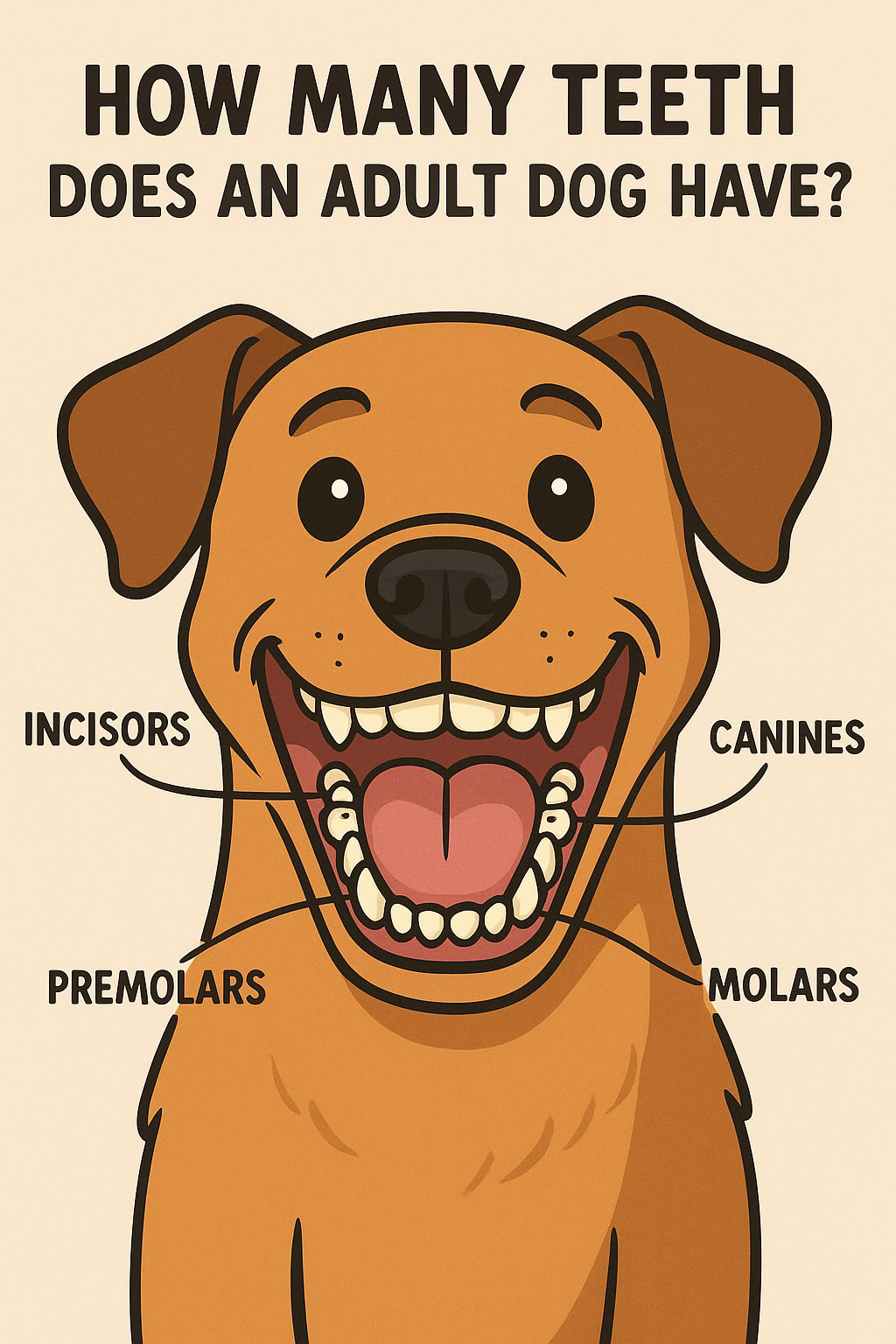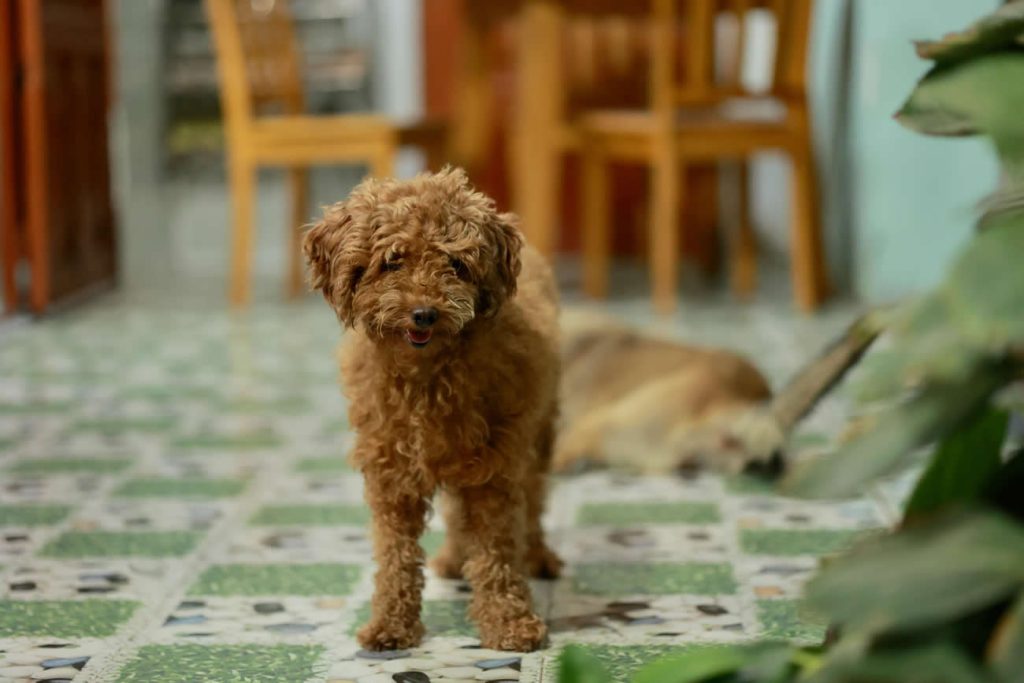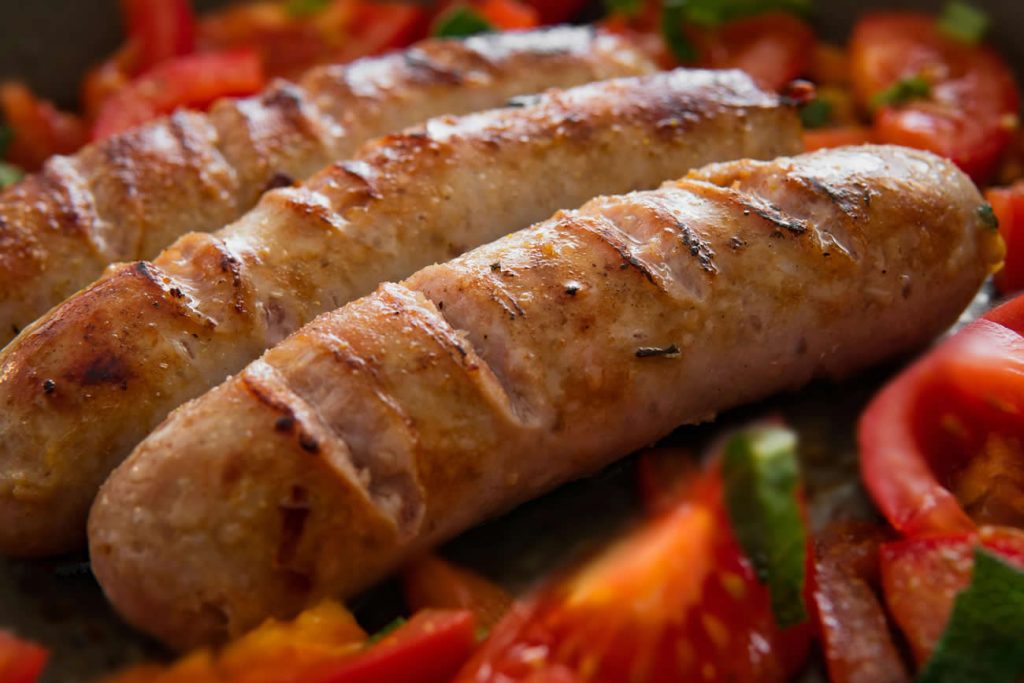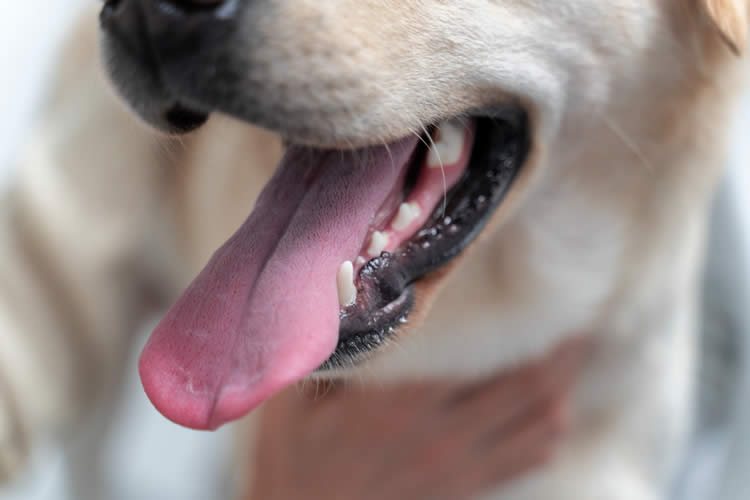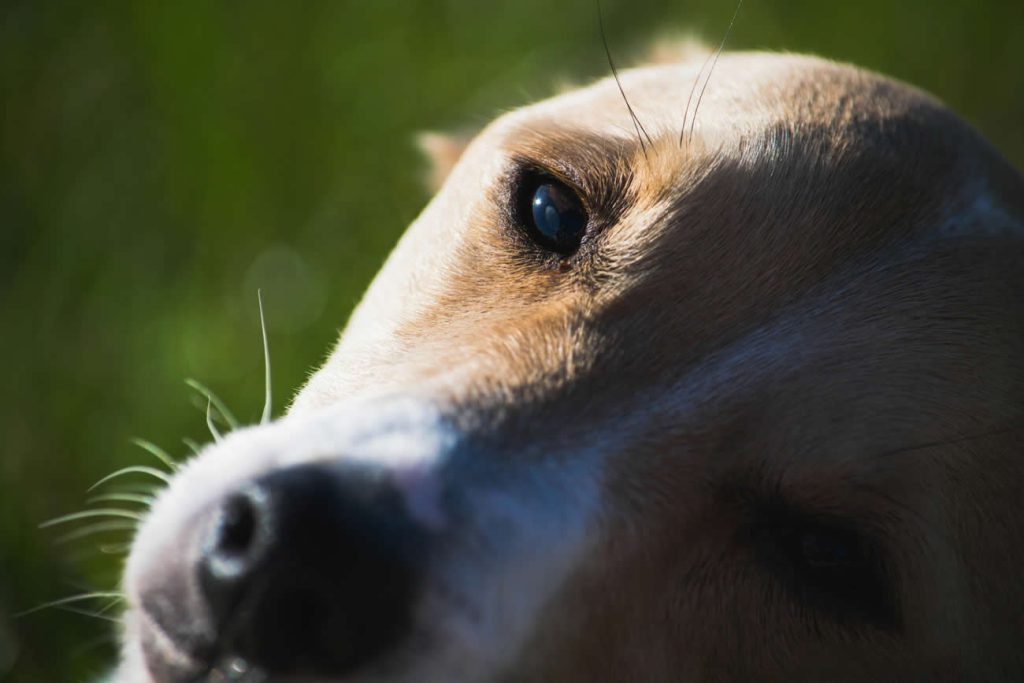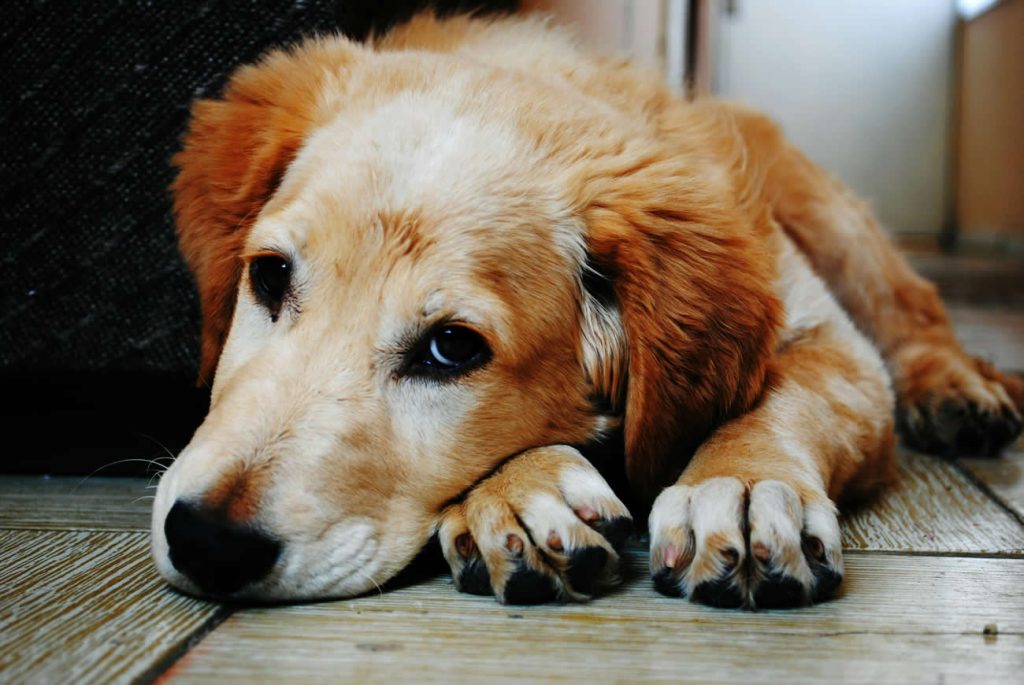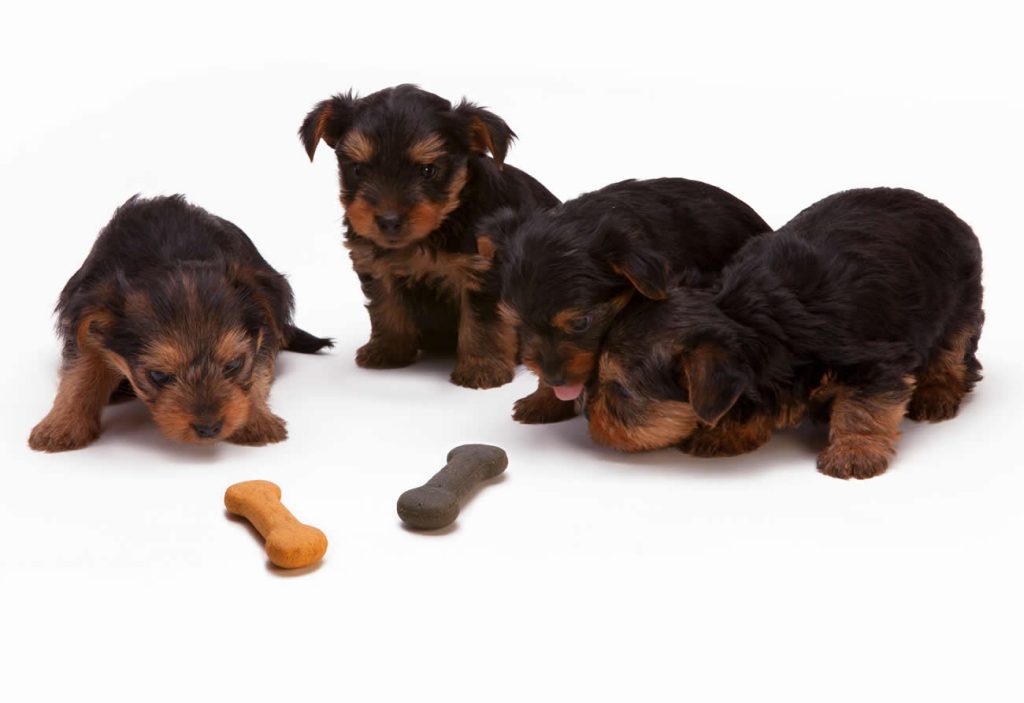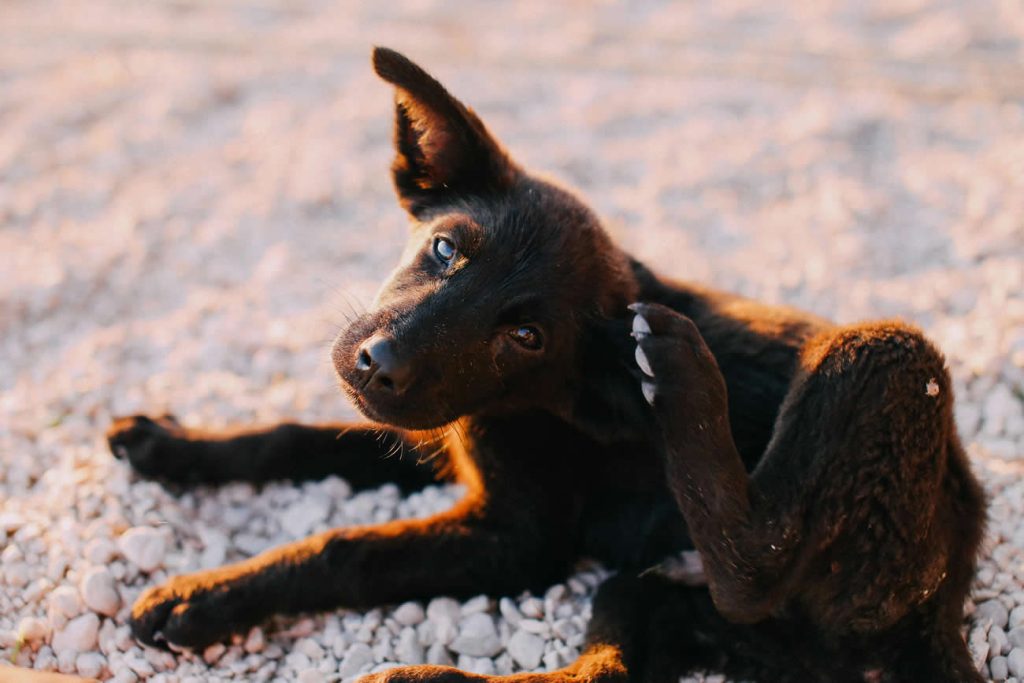If you’ve ever seen your dog yawn or open their mouth wide, you might’ve caught a glimpse of all those teeth packed in there. Sharp ones, flat ones, long ones at the front. It’s a lot, right? But how many teeth does an adult dog actually have?
It’s a good question—and one a lot of people ask. Whether you’re brushing your dog’s teeth, checking their gums, or just trying to understand what’s normal, it helps to know what’s going on in their mouth.
So let’s break it down properly. By the end of this post, you’ll know how many teeth adult dogs have, what those teeth do, how they change as dogs grow up, and how to keep them clean and healthy for life.
The quick answer: adult dogs have 42 teeth
That’s the number. Most healthy adult dogs have 42 permanent teeth.
- 20 teeth on the top (upper jaw)
- 22 teeth on the bottom (lower jaw)
These are the teeth they grow after their puppy ones fall out. Once they’re in, they stay—unless something goes wrong.
But it’s not just about the number. Each type of tooth plays a role. Your dog doesn’t just have a mouth full of identical teeth. They’ve got different ones for different jobs—cutting, tearing, gripping, and grinding.
Let’s go through them properly.
What kinds of teeth do dogs have?
Adult dogs have four main types of teeth:
- Incisors – These are the small teeth right at the front. There are 12 in total—6 at the top and 6 at the bottom. Your dog uses them to nibble at things, like pulling fur or picking something up gently.
- Canines – These are the longer, sharper teeth, sometimes called fangs. Dogs have 4 in total—2 on top, 2 on the bottom. They’re used for gripping, tearing, and holding things in place. They’re also the ones that usually stand out when your dog opens its mouth.
- Premolars – These are flatter, pointed teeth further back in the mouth. There are 16 altogether—8 at the top, 8 at the bottom. Dogs use them to tear and crush food.
- Molars – These are the big, flat teeth at the very back. Dogs have 10 molars—4 at the top and 6 at the bottom. These help grind food into smaller pieces before swallowing.
So that full count of 42 breaks down like this:
- 12 incisors
- 4 canines
- 16 premolars
- 10 molars
Every tooth has its place and purpose.
What about puppy teeth?
Before those 42 adult teeth come in, your dog starts life with 28 baby teeth—also called deciduous teeth. These come through at around 3 to 4 weeks of age. They’re smaller and sharper, and they don’t last long.
Puppy teeth include:
- 12 incisors
- 4 canines
- 12 premolars
- No molars at this stage
By the time your puppy is around 12 to 16 weeks old, those baby teeth start falling out. You might find a few on the floor, but more often, your puppy will just swallow them while eating or playing. Don’t worry—it’s normal and harmless.
By 6 to 7 months old, most dogs have lost all their baby teeth and grown in their full set of 42 adult teeth.
What if your dog has more or fewer than 42?
In most cases, adult dogs have 42 teeth. But sometimes, things don’t line up perfectly.
Some dogs are born missing one or two. It might not cause any problems unless it affects how they eat or chew. On the other hand, some dogs grow extra teeth, known as supernumerary teeth. These can crowd the mouth, cause discomfort, or even lead to alignment issues if they push against other teeth.
If you’re not sure whether your dog’s teeth are all there—or if something looks off—it’s a good idea to ask your vet. They can take a quick look and let you know if anything’s wrong.
Why your dog’s teeth matter
It’s easy to overlook dental health when everything seems fine. But your dog’s teeth affect much more than just chewing. When teeth are clean and healthy, your dog can eat properly, play comfortably, and avoid long-term issues.
Problems with teeth can cause pain, infection, bad breath, and even trouble eating. If left untreated, dental disease can spread to other parts of the body through the bloodstream, affecting the heart, liver, and kidneys.
So even though you might not see the signs straight away, your dog’s teeth need regular attention.
Signs your dog’s teeth need attention
Dogs aren’t always obvious about dental pain. They might keep eating, playing, and acting normal—even with sore gums or broken teeth. That’s why it helps to know what to watch for.
Look out for:
- Bad breath that doesn’t go away
- Yellow or brown tartar on the teeth
- Red or bleeding gums
- Drooling more than usual
- Pawing at the mouth or face
- Difficulty chewing or dropping food
- Swelling around the jaw
If you spot any of these, it’s time for a vet visit. Dental problems don’t get better on their own. They need proper care.
How to look after your dog’s teeth
You don’t need to do anything fancy. Just a few simple steps can make a big difference over time.
- Brush their teeth
Brushing is the best way to keep your dog’s teeth clean. Use a soft dog toothbrush and a pet-safe toothpaste—never human toothpaste. Start slowly and gently. You don’t need to scrub every tooth at first. Just build it into your routine.
- Use dental chews
Most dogs love chewing. Dental chews help clean teeth as they gnaw. They also freshen breath and help remove plaque.
- Give them things to chew
Safe toys and bones help keep teeth clean and jaws strong. Avoid hard chews that could break teeth—especially cooked bones or very hard nylon toys.
- Book regular check-ups
Vets check teeth as part of general exams. If your dog needs deeper cleaning or has dental issues, they’ll let you know what needs to be done.
What about professional cleaning?
Sometimes, brushing and chews aren’t enough—especially if your dog already has tartar build-up or gum disease. In those cases, your vet might recommend a dental clean under anaesthetic.
It sounds like a big deal, but it’s a common procedure. The vet can scale and polish each tooth, check for hidden problems, and remove any damaged ones if needed.
If you’re unsure whether your dog needs it, your vet can talk you through it. Don’t wait too long, though—treatment is always easier when you catch problems early.
Do different breeds have different teeth?
All adult dogs have 42 teeth, but how those teeth fit in the mouth depends on the breed.
Smaller breeds like Chihuahuas or Pomeranians often have crowded teeth because their jaws are smaller. That means more risk of tartar, gum disease, and misalignment.
Larger breeds usually have more space, but they’re not always off the hook. Some are more prone to broken teeth, especially if they love hard chews or rough play.
Flat-faced breeds like Pugs or Bulldogs often have unusual tooth placement, which can make cleaning harder. So they need extra care too.
Whatever your dog’s breed, the basics stay the same—check their teeth regularly, brush when you can, and don’t ignore small changes.
Final thoughts
So, how many teeth does an adult dog have? The answer is 42. That full set includes incisors, canines, premolars, and molars—all designed to help your dog grip, chew, tear, and eat properly.
But knowing the number is just the start. What matters most is how you look after those teeth. Healthy teeth mean a healthy dog. Clean teeth mean fewer trips to the vet. And regular care—like brushing, chews, and check-ups—makes a bigger difference than you might think.
Your dog might not love having their mouth checked. But the more you make it part of their routine, the easier it gets. Start small. Stay patient. And keep it consistent.
Because when it comes to your dog’s health, their teeth tell a bigger story than you might expect.

